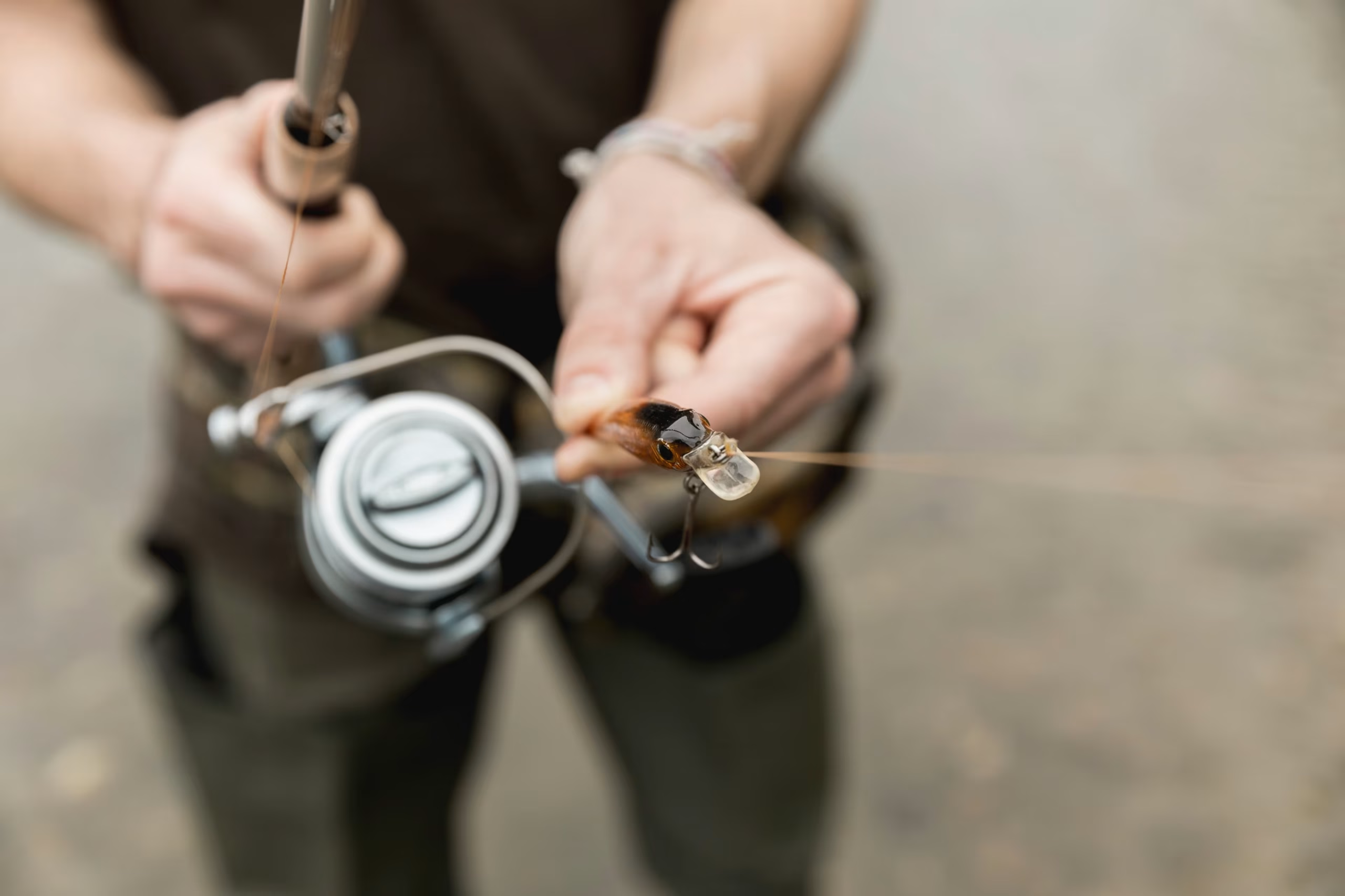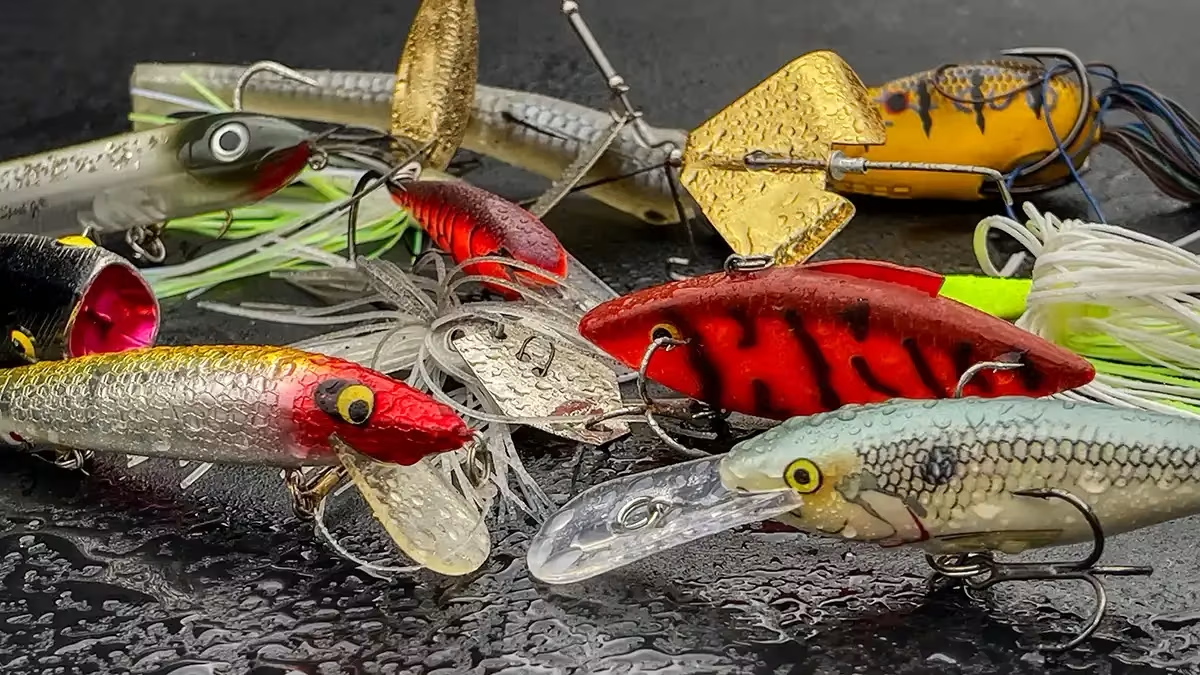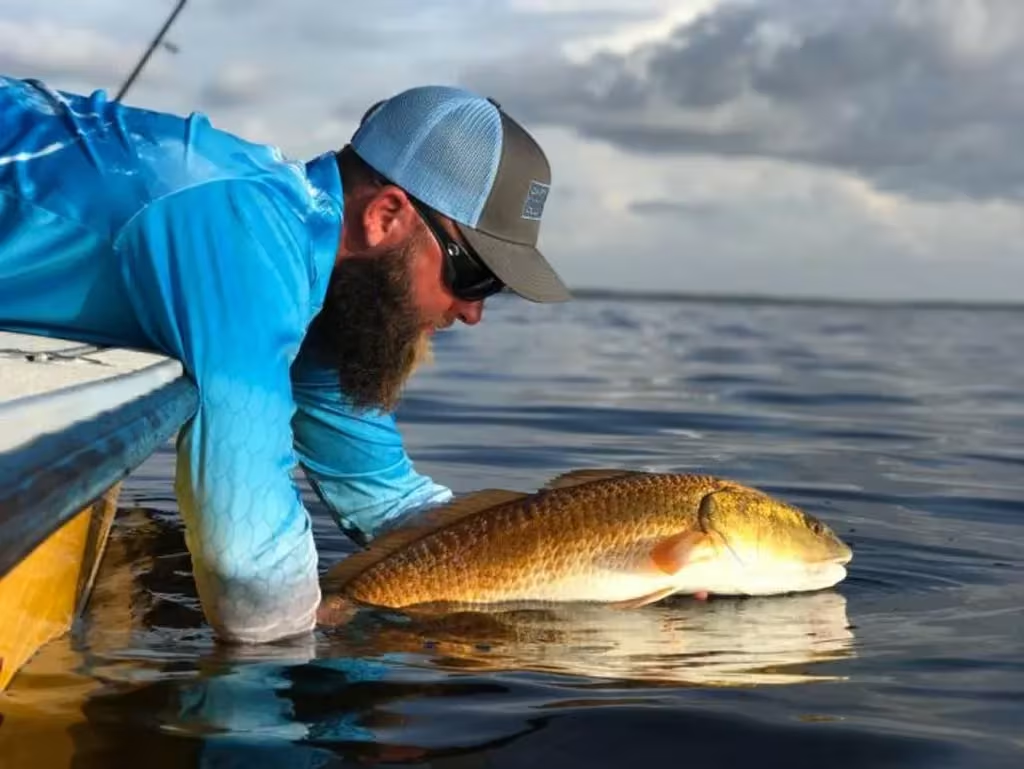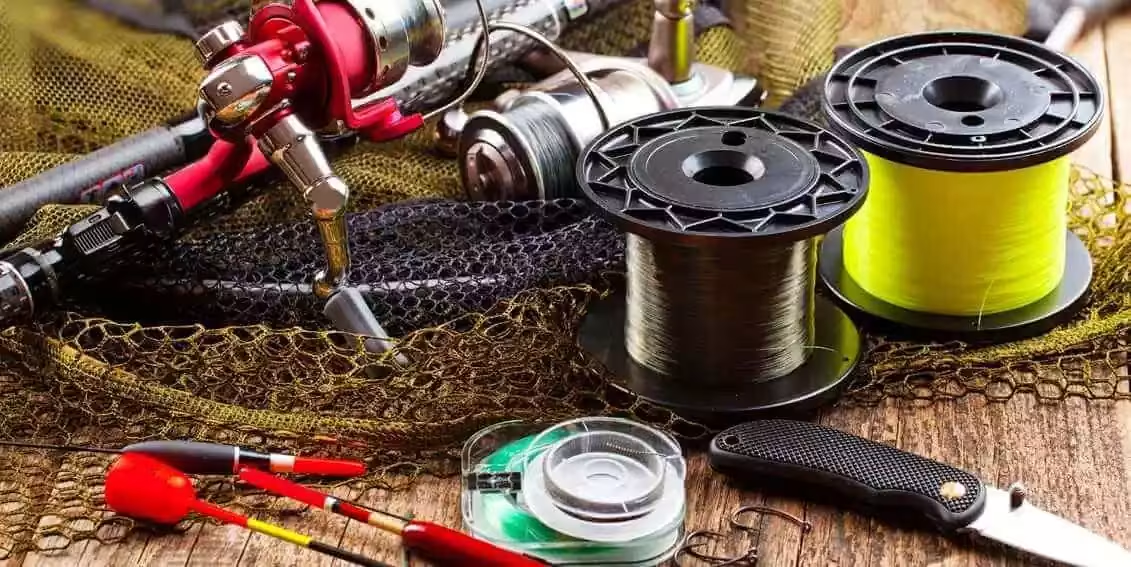Why a Spinning Reel Is the Best Starting Point
Spinning reels are simple, forgiving, and versatile. The fixed spool lets line peel off with little resistance, so you can cast light lures or live bait without a “back-lash” mess. Flip the bail, point the rod, and the lure flies; close the bail and you’re fishing. That ease of use is why most anglers learn on spin gear before moving to baitcasters or fly outfits.
Size Matters But Not as Much as You Think
Manufacturers label reel sizes as 1000, 2500, 4000, and so on. Those numbers aren’t universal, but they do give you a rough sense of capacity and weight. For freshwater bass, trout, and inshore saltwater, a 2500-size reel is the sweet spot: it holds about 150 yards of 10-pound braid (or 8-pound mono) and weighs under nine ounces, so your wrist doesn’t tire after a long day. Go smaller (1000) for ultralight panfish rigs, or larger (4000+) if you chase redfish, stripers, or school-sized tuna that need heavier line.
Drag: Your First Line of Defense
A reel’s drag lets a running fish pull line without snapping it. Look for a sealed, front-mounted drag that’s rated to at least one-third of your chosen line’s breaking strength. A reel with a max drag of 15 lb pairs well with 20 lb braid and covers 90 percent of inshore species. Test smoothness in the shop: tighten the knob until it just starts to slip, then pull steadily on the line. It should release line evenly, not in jerks.
Gear Ratio and Retrieve Speed
Gear ratio tells you how many times the bail rotates for each turn of the handle. A 5.2:1 reel retrieves about 30-35 inches of line per crank—fast enough to pick up slack yet slow enough for finesse presentations. Higher speeds (6.2:1 and up) excel at burning search baits across flats, but they can make slow jigging tricky. If you buy just one reel, stick with a mid-range ratio; you can always adjust speed with your hand.
Construction: What the Body Is Made Of
- Graphite/Carbon: Light, corrosion-resistant, and affordable. Ideal for weekend anglers and freshwater use.
- Aluminum: Rigid and durable, better at holding gears in alignment under heavy loads. Slightly heavier and often pricier.
- Composite Hybrids: Offer aluminum strength in critical areas (gear housing) and graphite weight savings elsewhere.
For saltwater, prioritize corrosion proofing over grams saved. Even a budget aluminum reel will outlast a feather-light graphite model if it’s sealed and rinsed after each trip.
Bearings and the “More Is Better” Myth
You’ll see ads touting 11+1 or even 13+1 bearings. The extra count rarely translates to smoother performance if those bearings are cheap. Four quality stainless or sealed bearings (main shaft, pinion, line roller, and anti-reverse) outperform a dozen low-grade parts. Spin the handle; it should rotate smoothly, stop without back-play, and make zero grinding noise.
Line Management Features Worth Having
- Oversized Line Roller: Reduces twist, key when using braid.
- Bail Trip Ramp: Guides the bail closed smoothly, preventing loops.
- Tapered Spool Lip: Lets line flow off in tight coils for longer casts.
These small touches separate a good reel from a “great bargain” that ends up collecting dust.
Maintenance and Longevity
After each outing, especially in saltwater, give the reel a gentle freshwater rinse (low pressure), wipe dry, and add one drop of reel oil to the handle knob and bail arm. Back off the drag knob before storage to relax the washers. Once a year, remove the side plate, clean out old grease, and re-lube gears with marine-grade grease. Ten minutes of care can push a mid-range reel to a decade of reliable service.
Budget Breakdown Where to Spend
- Below $50: Fine for casual pond fishing, but expect more flex and shorter lifespan.
- $70–$120: Sweet spot for beginners sealed drag, solid gearing, and decent line lay.
- $150+: Lighter materials, tighter tolerances, and better corrosion resistance. Worth it if you fish weekly or in saltwater.
Remember to budget for a matching rod; a balanced combo reduces fatigue and helps you cast accurately.
Final Checklist Before You Buy
- Handle Alignment: No wobble or play.
- Drag Test: Smooth from click-start to maximum.
- Bail Flip: Opens and closes crisply, no sticking.
- Weight Balance: Mount reel on the rod you plan to use it should balance near or just forward of the reel seat.
- Warranty & Parts: A reel that’s easy to service keeps working long after the latest model drops.
Pick a reel that feels right in your hand, matches your target species, and fits your budget. Do that, and your first spinning reel won’t just be a learning tool it’ll be a reliable companion on the water for years.







